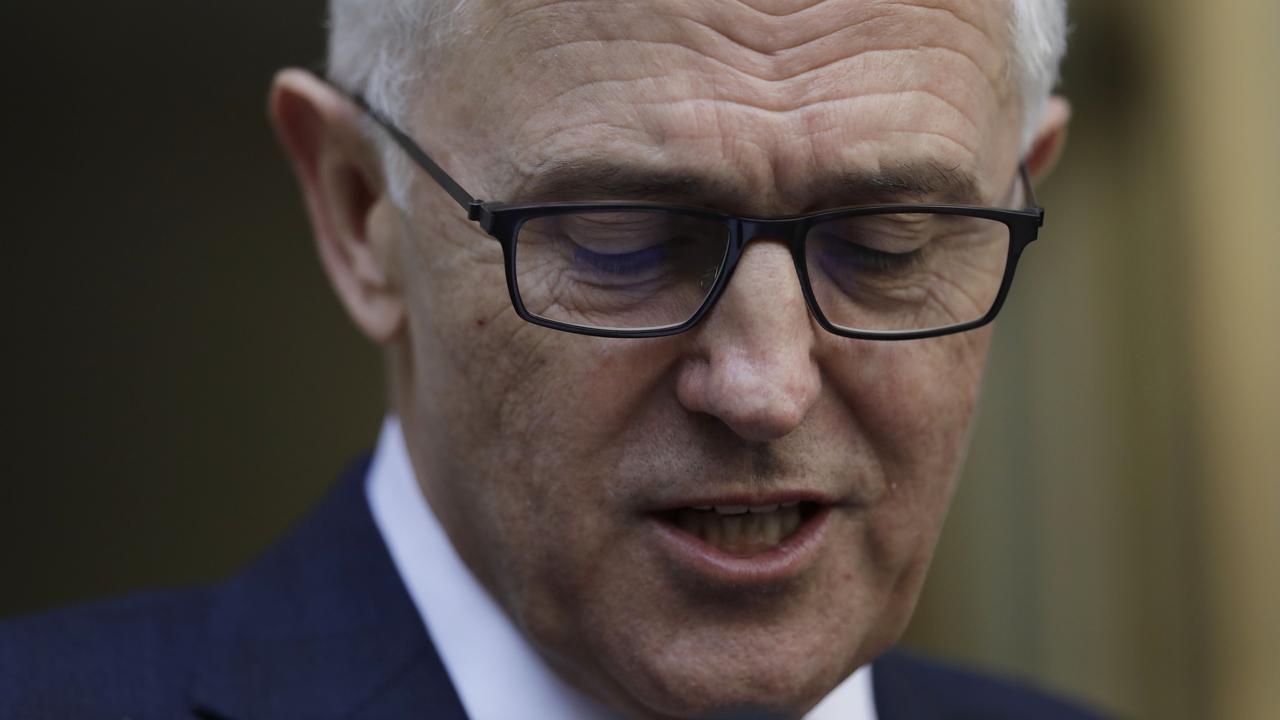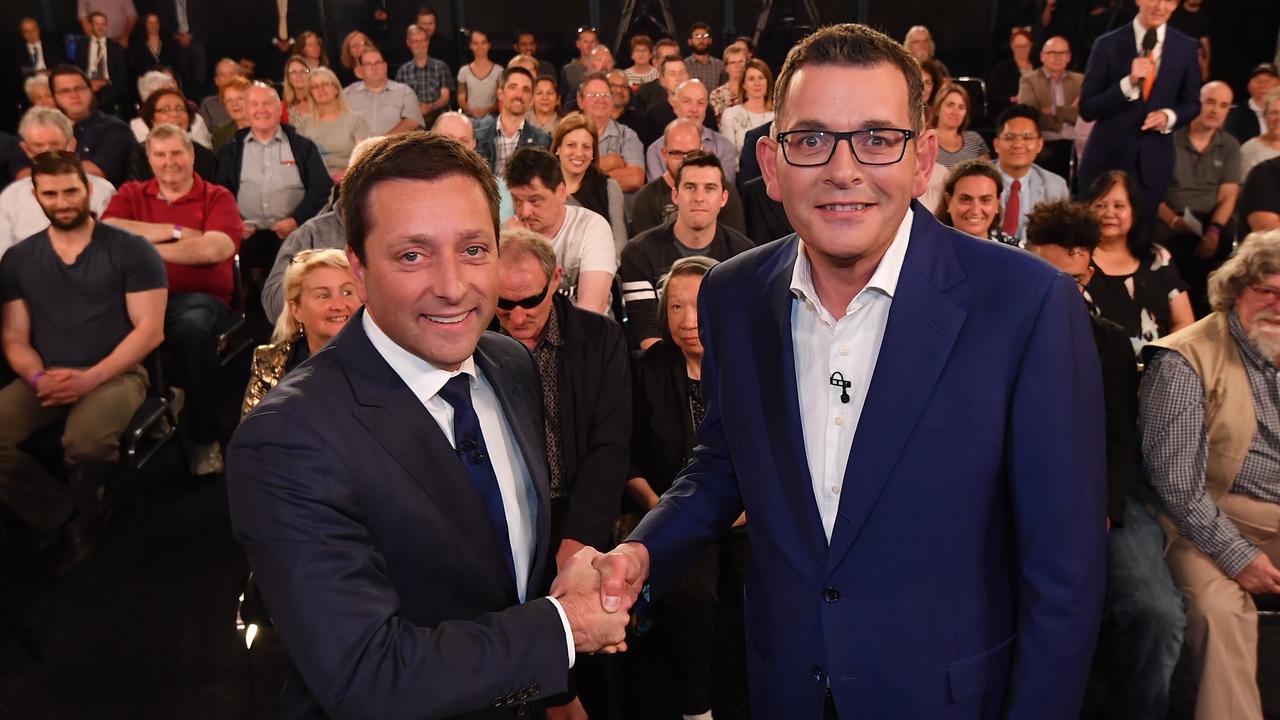Election campaigns aren’t what they were
Daniel Andrews and Matthew Guy are long-serving leaders yet we hardly know them. How things have changed, writes Shaun Carney.
Opinion
Don't miss out on the headlines from Opinion . Followed categories will be added to My News.
Election campaigns are getting harder — for everybody. Voters can’t get worked up about them and political parties are finding it tougher to find and talk to the voters.
There are exceptions, of course, but the general approach of Victorian voters to Saturday’s election has had a going-through-the-motions feel about it. It’s been that way for a while.
We make our choices, sometimes surprising ones, but high emotions don’t seem to be our thing. In 2010, voters tossed out the Brumby Labor government, but only just. That was not a widely expected outcome.
MORE STATE ELECTION:
CRUCIAL WEEK WILL SHAPE VICTORIA’S FUTURE
BABY BONUS PLEDGED FOR BUNDLES OF JOY
Four years later, they did the same to Denis Napthine’s Coalition government. It’s a pretty remarkable thing to do, kicking out a government after one term, especially when its mistakes haven’t been big ones.
Victorians kept it low-key. They didn’t want to give Daniel Andrews and his team too much of an endorsement, so they handed them a small working majority.
That tendency of the voting public to keep its cards close to its chest is what keeps campaign workers on both sides anxious. Yes, the statewide published polls have blown out to a solid lead for the Andrews Government in the past month.
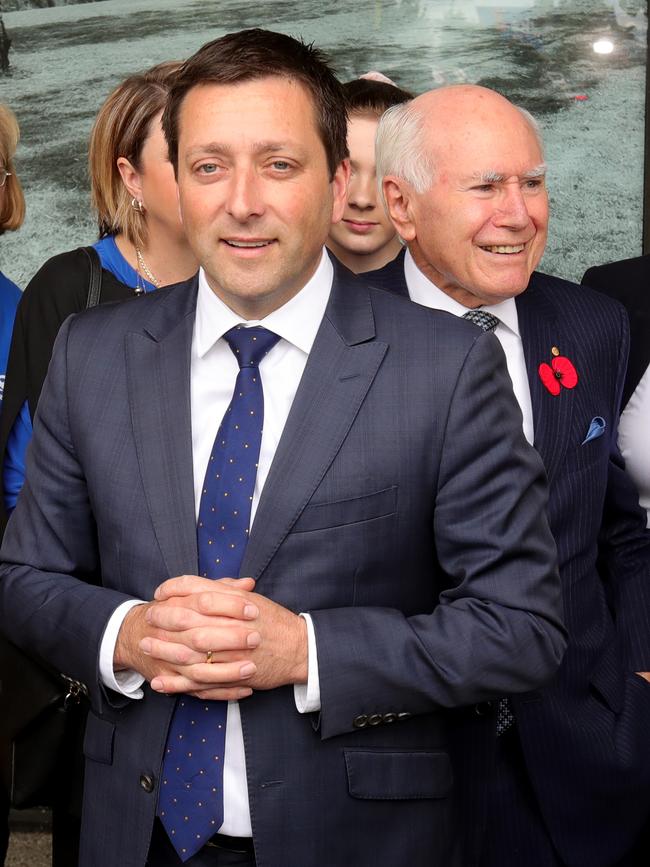
Polling is becoming tougher because of changes in communications. Fewer people use landlines, the historical mainstay of conventional polling. In new housing estates, residents don’t even bother to install them. And who doesn’t screen their calls nowadays?
But how much do the numbers in statewide polls really tell us anyway? At the last election, Labor took 52 per cent of the vote but a lot of that was locked up in safe seats. Regional, suburban and even neighbourhood variations are increasingly determining election outcomes.
That’s why the big parties spend millions of dollars on evermore sophisticated software that can locate suggestible voters and target messages to them.
By blending publicly available information, including social media posts, with knowledge gleaned by direct contact through doorknocking — imagine that, people actually talking about politics face-to-face! — or phone calls, the parties can build deep data bases on individual households.
What’s driving this move to micro-targeting is not just a desire for competitive advantage but the rising difficulty of getting and holding the attention of many voters in these crowded times.
In the 23 days since the ALP and the Liberal-National coalition launched their campaigns, how many of their announcements have lasted into the next day? In this digitally fuelled age, a lot of information is thrown at the wall but very little sticks.
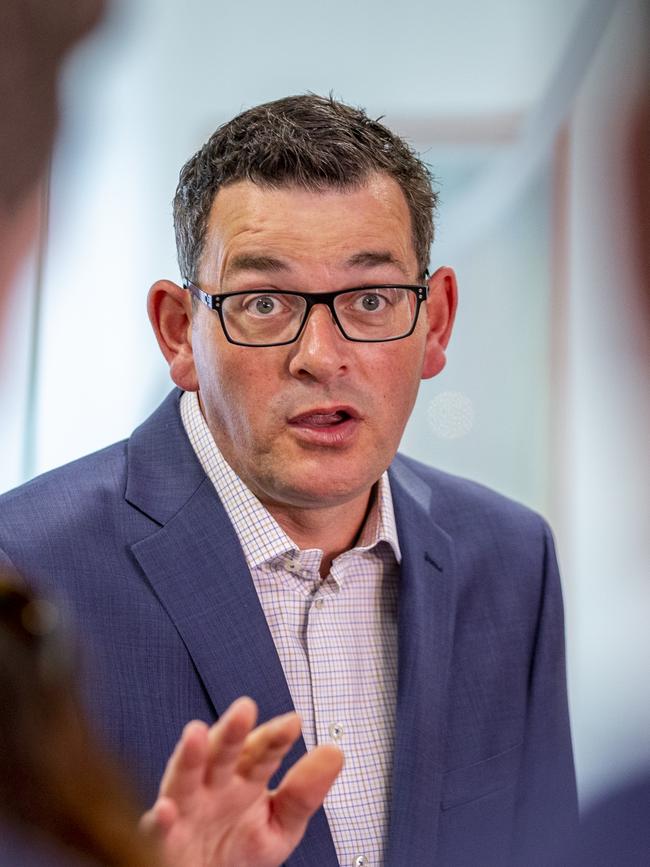
A consequence of the lack of engagement is that most of us have only the sketchiest knowledge of the competing leaders. In this campaign, Andrews and Guy have often been accompanied by their wives. I’m sure the couples enjoy each other’s company but there’s a political dimension to this — it’s intended to soften or “humanise” the leaders, suggesting they have hearts and lives and aren’t mere political automatons.
That the parties wait until the campaign proper to carry out these personal introductions shows the glancing nature of the relationship between many voters and their state political representatives.
It’s even more notable because Andrews and Guy are, in historical terms, fixtures of the landscape. They are the most enduring state leaders for a generation.
The major parties in Victoria haven’t been this stable since the days of faxes, VCRs and big shoulder pads 30 years ago, when then-premier John Cain and Liberal leader Jeff Kennett managed to hold on to their jobs all the way between the 1985 and 1988 elections.
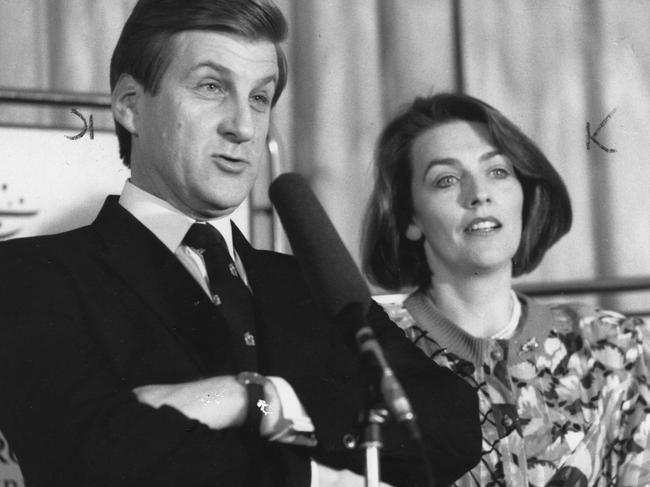
In the seven terms that followed, one party or the other has changed leaders due to party- room coups or retirements. Only in this term have we enjoyed, if that is the right word, a full four years without a leadership eruption.
So what are the key points of difference? The government is about distributing largesse and building stuff. It’s the usual steady-as-she-goes argument deployed by all governments. The Opposition wants to spend a fair bit of money, too, but its main trigger is anger (and a touch of fear) about crime.
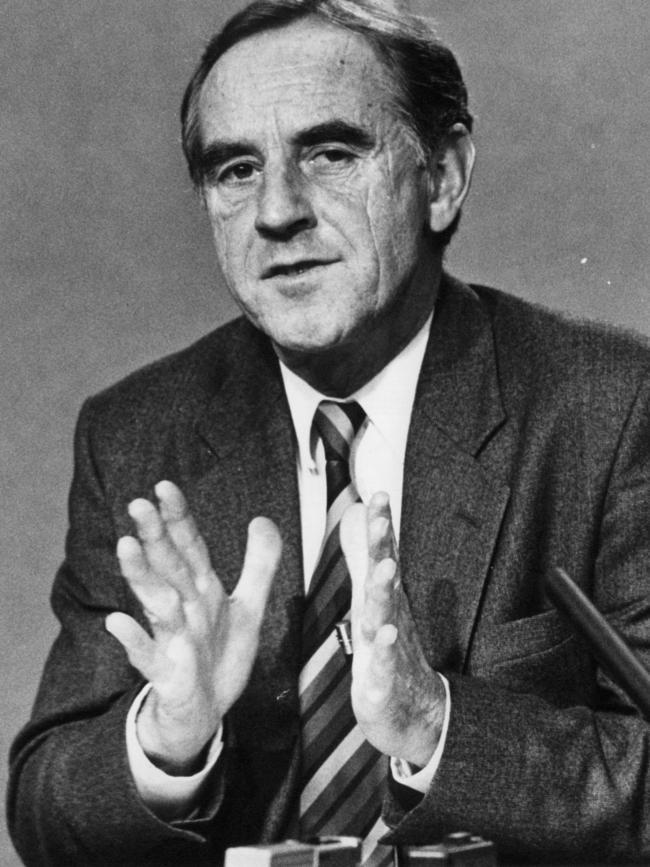
Running on law and order as a primary vote mover is a first for Victorian politics. It’s tempting to suggest that the permanence of that tactic will be determined by whether the Liberals lose on Saturday and thus have to come up with a new approach in 2022.
But Melbourne’s rapid growth, which will make law and order an evermore complicated and challenging issue, means that either way, it will remain near the forefront of our politics.
The essential question of this election, and many more to come, is how we are going to manage the state’s growth.
It might not be enough to get the Liberals over the line this time but the use of the word “control” in their campaign slogan is apt. Once we stop congratulating ourselves about Melbourne being on track to regain its place as Australia’s biggest city, we have to work out how best to accommodate this expansion comfortably.
How do we organise ourselves to ensure the society is cohesive and fair? How do we talk about this sensibly?
These issues have been only partly addressed. They definitely can’t be dealt with in rushed TV ads featuring grim black-and-white pictures of the other party’s leader and saying what a shocking fellow he is, which is what they all put out there. Maybe next time.
Shaun Carney is a Herald Sun columnist.

